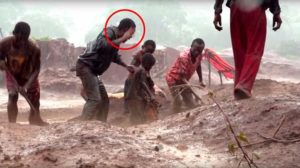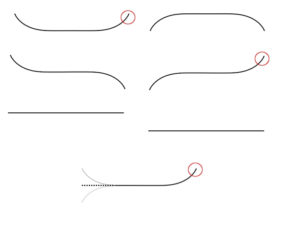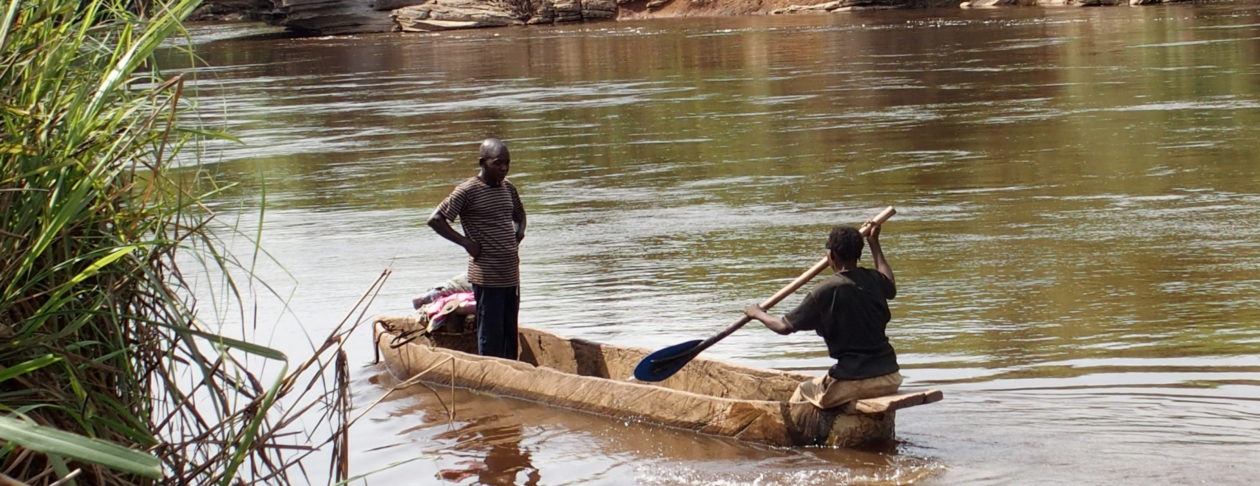by Barbara Jones, August 5, 2017 in MailOnline
- Sky News investigated the Katanga mines and found Dorsen, 8, and Monica, 4
- The pair were working in the vast mines of the Democratic Republic of Congo
- They are two of the 40,000 children working daily in the mines, checking rocks for cobalt
…

Eight-year-old Dorsen is pictured cowering beneath the raised hand of an overseer who warns him not to spill a rock
…
by Royal Ontario Museum, July 31, 2019 in ScienceDaily
-
Fossils of a large new predatory species in half-a-billion-year-old rocks have been uncovered from Kootenay National Park in the Canadian Rockies. This new species has rake-like claws and a pineapple-slice-shaped mouth at the front of an enormous head, and it sheds light on the diversity of the earliest relatives of insects, crabs, spiders, and their kin.
Reaching up to a foot in length, the new species, named Cambroraster falcatus, comes from the famous 506-million-year-old Burgess Shale. “Its size would have been even more impressive at the time it was alive, as most animals living during the Cambrian Period were smaller than your little finger,” said Joe Moysiuk, a graduate student based at the Royal Ontario Museum who led the study as part of his PhD research in Ecology & Evolutionary Biology at the University of Toronto. Cambroraster was a distant cousin of the iconic Anomalocaris, the top predator living in the seas at that time, but it seems to have been feeding in a radically different way,” continued Moysiuk.
…
by P. Homewood, August, 1, 2019 in NotaLotofPeopleKnowThat
Some ancient history
Fifteen to twenty years ago, Michael Mann and colleagues wrote a few papers claiming that current warming was unprecedented over the last 600 to 2000 years. Other climate scientists described Mann’s work variously as crap, pathetic, sloppy, and crap. These papers caught the interest of Stephen McIntyre and this led to the creation of his Climate Audit blog and the publication of paperspointing out the flaws in these hockey stick reconstructions. In particular, Mcintyre and his co-author Ross McKitrick showed that the method used by Mann and colleagues shifted the data in such a way that any data sets that showed an upward trend in the 20th century would receive a stronger weighting in the final reconstruction. With this method, generation of a hockey-stick shape in the temperature reconstruction was virtually guaranteed, which M&M demonstrated by feeding in random numbers to the method.
…

…
La géologie, une science plus que passionnante … et diverse


